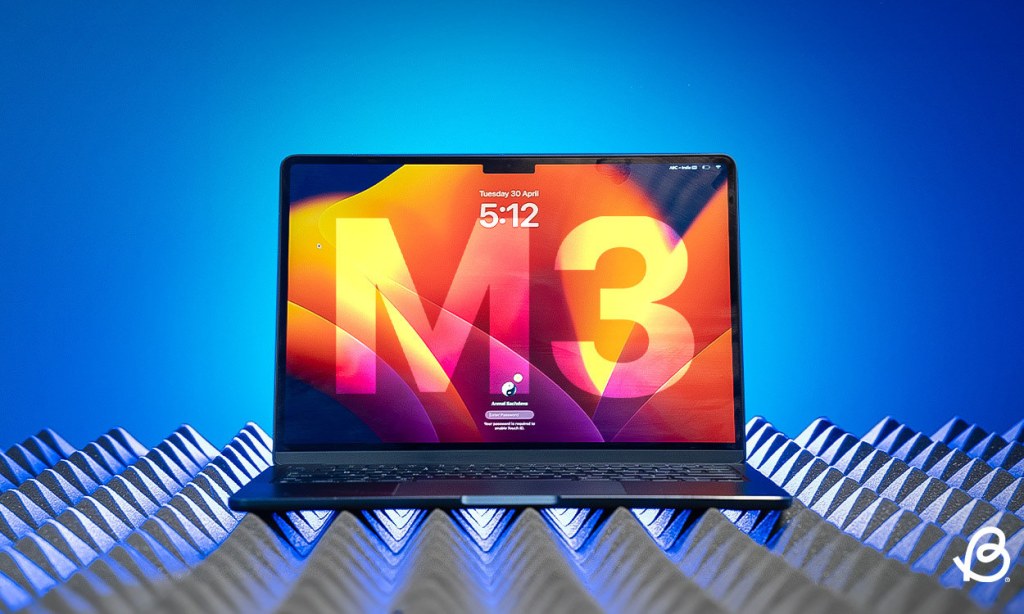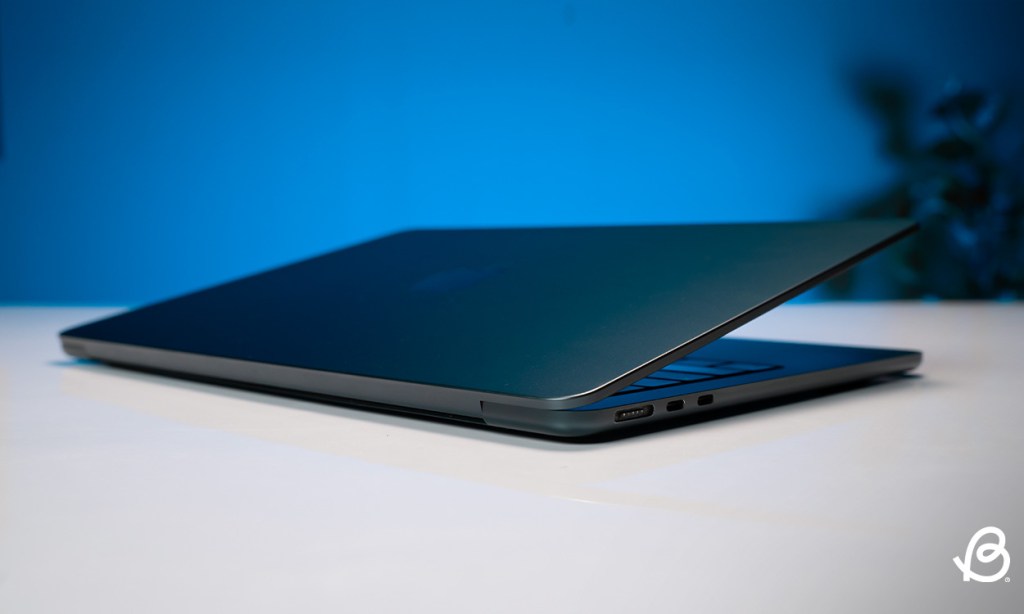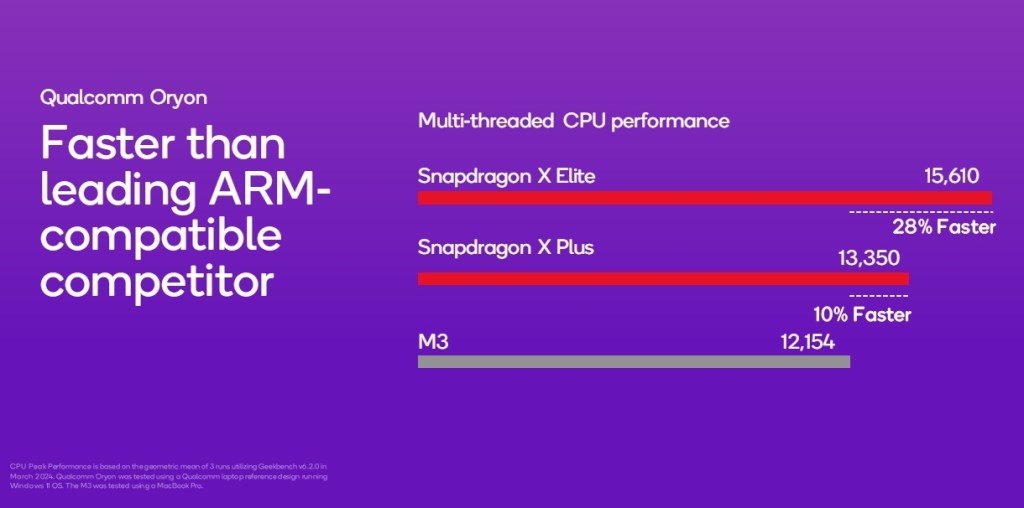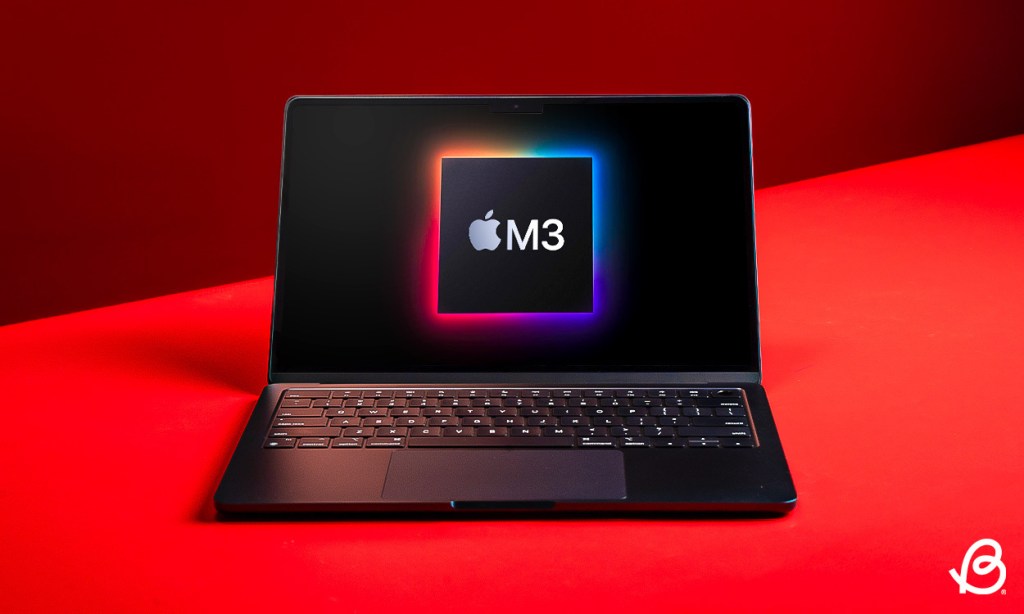Microsoft’s latest endeavor into ARM PCs is a serious one, and the company’s calling it Copilot Plus PCs. The repeated jabs Microsoft took at Apple at the Surface event make it pretty evident that the Surface Laptop 7th generation with Qualcomm’s X Elite SoCs is a direct competitor to Apple’s M3 MacBook. So, will Microsoft’s attempt with Copilot Plus PCs cost Apple an ARM (pun intended) and disrupt the market? Here’s our Surface Laptop 7 vs MacBook Air M3 comparison.
Display and Build Quality
Both the Surface Laptop 7 and MacBook Air come with high-quality aluminum chassis. While the MacBook still markets itself as “crafted from a single block of aluminum,” we know very little about how the latest Surface Laptop is built. Although, judging by the build quality of previous Surfaces, it should be good.
The smallest Surface has a 13.8-inch display whereas the MacBook Air has a 13-inch unit. The latter has a higher resolution display of 2560×1664 (224 PPI) versus the Surface which has 2304×1536 pixels (201 PPI) of resolution.
Similarly, the display on the 15.3-inch MacBook Air is a taller 16:10 unit with 2880×1864 pixels (224 PPI) in contrast to the 3:2 15-inch Surface display with 2496×1664 resolution (201 PPI). This, not only makes the MacBook sharper but also gives it the ability to view more content.
However, the Surface laptop has a higher refresh rate display of 120Hz whereas the display on the MacBook Air is still a measly 60Hz. Another area where the Surface PC gets an advantage is that it’s tested to peak at 600 nits compared to the 500 nits brightness on the M3 Macbook Air.

An area where Surface clutches is with its touch capacitive display, which the MacBook lacks. The MacBook Air is slimmer at less than half an inch, 0.44 to be exact. The 13.8-inch Surface is 0.69 inches at its widest width, and the 15-inch model is 0.72 inches thick. The Surface Laptop display is protected by Gorilla Glass 5, whereas the MacBook Air doesn’t claim any specific display protection.
Coming back to the design elements, Surface laptop uses regular chiclet switches while the MacBook Air uses Apple’s Scissor switches. Although we haven’t tested the keyboard on the Surface laptop, we believe the typing experience will more or less be the same on both laptops.
The 13.8 and 15-inch Surface Laptops weigh 1.34 kg and 1.66 kg, respectively. Whereas, the 13 and 15.3-inch MacBook Air weigh 1.24 kg and 1.51 kg, respectively. This makes the M3 MacBook Air more portable than the latest Surface Laptops.
Surface Laptop 7 Vs MacBook Air M3: Connectivity
The Microsoft Surface Laptop takes this round with 2 x USB 4/Thunderbolt Type-C ports, one USB-A 3.1 port, a Surface connect port, a headphone jack. The 15-inch model gets a microSD card reader too, albeit a microSDXC unit. The I/O situation on the Surface is a win in our books.

The MacBook Air, on the other hand, also gets two Type-C USB 4 ports. There’s a MagSafe 3 port for charging and a 3.5mm headphone jack, too. However, it lacks USB-A, which gives the latest Surface a slight edge.
The new Surface Laptop features Wi-Fi 7 and Bluetooth 5.4 which are the latest connectivity standard available. Apple’s M3 MacBook Air only supports Wi-Fi 6E and Bluetooth 5.3. The former should not be a big deal considering how limited the adoption of Wi-Fi 7 has been so far.
Audio and Microphone
Microsoft says the Surface Laptop come with Omnisonic Speakers that are tuned with Dolby Atmos. The company doesn’t mention how many speakers are present on the device or how they’re placed. What’s certain is that the Surface Laptop comes with Dual Studio Mics with voice focus.
It remains to be seen whether the audio setup on the Surface Laptop can dethrone the MacBook Air’s four-speaker sound system with Dolby Atmos and Spacial Audio, which is known to offer an incredible sound. This along with Apple’s three-mic array with directional beamforming makes the MacBook Air a more compelling choice in the audio department.
Surface Laptop 7 vs MacBook Air M3: Performance
Microsoft claimed in the Surface event that the latest Surface laptops powered by Snapdragon X Elite chipsets are “58% faster” than the M3 MacBook Air. I have my reservations about this claim, since early benchmarks reveal that the Snapdragon X Elite cannot even beat Apple’s M3.

The Surface Laptop uses the second-best X Elite SKU with 12 cores, 8 performance, and 4 efficiency cores. The maximum frequency that the performance cores can reach is 4.0 GHz. The rest of the cores offer a multithreaded frequency of 3.4 GHz.
The total cache is 42 MB with an Adreno GPU outputting 3.8 TFLOPs of power. The NPU is 45 TOPS, and the RAM starts at 16GB LPDDR5X. The storage is a replaceable PCIe Gen4 NVMe m.2 unit.

Apple’s M3, on the other hand, is an octa-core CPU with four performance and four efficiency cores, and the base variant comes with just 8GB RAM which Apple argues is “enough”.
The performance cores can go up to 4.06 GHz whereas the efficiency cores run at a cool 2.75 GHz. Apple’s Neural Engine outputs 18 TOPS which is less than half of what the X1E-80-100 outputs on the Surface Laptops.
On paper, the X Elite should beat the M3 in performance, but the early benchmarks say otherwise, for now. This doesn’t necessarily mean that the Surface Laptop isn’t powerful, rather they are good indeed. For most users, the differences in performance will be negligible.
It’s worth noting that one area where Apple still excels is in the efficiency aspect. The M3 MacBook Air is fanless, whereas the surface laptop is actively cooled. How long until Qualcomm figures out Apple’s magical efficiency? We’ll have to see.
The bottom line is, the X Elite could perform just as good as M3, on paper at least. But Apple still remains the best in terms of efficiency.
Battery Life and Charging
Microsoft promises up to 20 hours and 22 hours of battery during “local video playback” on the 13.8-inch and 15-inch models respectively. In contrast, Apple claims that the MacBook Air M3 will last up to 18 hours on “Apple TV app movie playback” on both their 13-inch and 15-inch version.
Another aspect of battery life is web usage. The Surface Laptop is rated at 13 hours and 15 hours respectively on the 13.8-inch and 15-inch models. The Air, on the other hand, delivers up to 15 hours of wireless web usage which has been a standard for previous versions of the series as well.

While I do believe the battery life on X Elite will be better than regular Windows laptops, I do have my reservations. The MacBook Air series, in general, has had an industry-leading battery life. So, only time and real-world testing can help us know whether the Surface Laptop lives up to the promise.
However, charging is where I can expect the Surface Laptop to get an edge over Apple’s offerings. In the box, the 13.8-inch Surface gets a 39-watt adapter and 15-inch model gets a 65-watt adapter. The MacBook Air 13-inch comes with 30-watt or 35-watt adapters depending on core configuration. Meanwhile the larger 15-inch Air recieves a 35-watt charging unit out of the box.
So, based on what’s available in the box, the Surface Laptop takes the win and can charge faster than the M3 Air. But, and there’s always a but, the new M3 MacBook Air supports up to 70-watt fast charging while the Surface Laptop maxes out at 65-watt. This means, if you have an existing fast charging adapter offering higher wattage, you should be able to charge the MacBook Air in less time.
Surface Laptop 7 vs MacBook Air M3: Repairability
From being the least repairable laptops to repair-friendly laptops, Microsoft has taken strides to make Surface Laptops more repairable and claims that the latest Surface is even more repairable.
The m.2 storage can be upgraded which you can’t do on the MacBook, and the parts are easily made available thanks to the partnership with iFixit. Hence, replacing the battery or any other component down the line will be easier on Surface Laptops than on MacBooks.
Pricing
The base 13.8-inch Surface Laptop with Snapdragon X Elite, 16GB RAM, and 512GB storage costs $1,399, while the 15-inch version with the same specs costs $1,499. The base 13.6-inch MacBook Air M3 with 8GB RAM and 256GB SSD costs $1,099 while the 15.3-inch with the same specs costs $1,299.
If we compare the Surface Laptop to 16GB and 512GB MacBook Air variants, the 13-inch Air costs $1,499 ($100 more than the Surface), and the 15-inch Air costs $1,699 ($200 more than the Surface). This technically makes the Surface Laptop a better buy, on paper at least.
Surface Laptop 7 vs MacBook Air M3: What Should You Buy?
The purchase decision depends on the OS you want. If you need macOS and nothing else, go for the M3 MacBook Air. But if you need a more bang for your buck offering and a higher RAM/Storage offering, the Surface Laptops are what you should be getting. Or you could wait for cheaper laptops from other OEMs since Microsoft has partnered with many to release Copilot Plus PCs.
The bottom line is, if we put aside the operating system for a bit, that the Surface laptop is a better overall offering a higher refresh rate display, larger storage and RAM, faster out-of-the-box charging and better repairability.
What are your thoughts on MacBook Air M3 vs Surface Laptops with X Elite processors? Let us know in the comments below.

